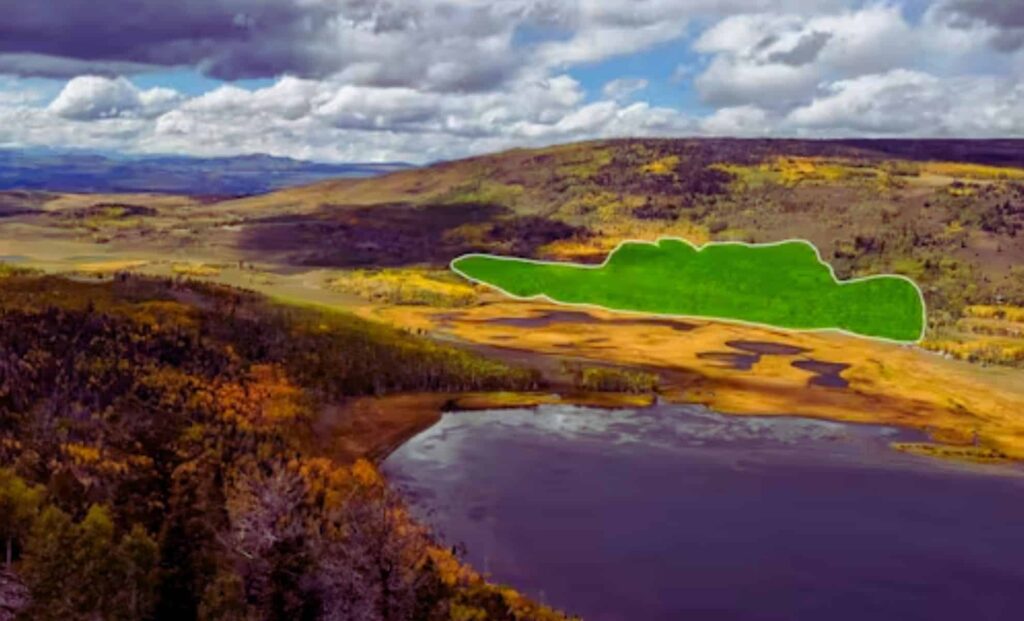
WASATCH MOUNTAINS, Utah – Pando, the world’s largest living organism by mass, is under severe threat, facing possible extinction due to environmental challenges.
Immediate Impact
In the heart of Utah’s Wasatch Mountains, Pando stands as a colossal testament to nature’s wonders. This expansive organism, a grove of genetically identical quaking aspen trees, spans over 106 acres and weighs approximately 6,000 metric tons. Despite its grandeur, Pando is at risk, threatened by overgrazing, disease, and climate change.
What Is Pando?
Pando, derived from Latin meaning “I spread,” is a singular organism made up of about 47,000 genetically identical stems, all interconnected by an extensive root system. This network creates the illusion of a forest but is, in fact, a single living entity. Located near Fish Lake, Pando has thrived for approximately 14,000 years, although individual stems live about 130 years.
The Ecosystem Under Pando’s Canopy
Pando supports a rich ecosystem, home to 68 different plant species and numerous animals. This biodiversity relies on the aspen’s shade and nutrients, forming a balanced web of life. The forest regulates the environment by providing shade and retaining moisture, crucial for maintaining local water cycles.
The Threat of Overgrazing by Deer and Elk
Overgrazing by deer and elk poses a significant threat to Pando’s survival. Historically, predators like wolves controlled herbivore populations, but their absence has led to an increase in deer and elk numbers. These animals, seeking refuge from hunters, consume the tender shoots of new stems, hindering new growth.
Protected sections of Pando, fenced off from herbivores, have seen remarkable growth, earning the nickname “bamboo garden.”
Diseases and Their Impact on Pando
Pando is vulnerable to diseases such as sooty bark canker, leaf spot, and conk fungal disease. These ailments primarily affect older stems, weakening them and increasing susceptibility to environmental stressors. The lack of new growth due to grazing exacerbates the problem, threatening the organism’s balance.
Climate Change: The Fastest Growing Threat
Climate change presents the most urgent threat to Pando. Rising temperatures and reduced water supply disrupt the aspen’s growth patterns. The increasing intensity of wildfires further endangers Pando, with the surrounding desert’s ongoing drought adding pressure.
Warmer temperatures and reduced water availability are already affecting Pando’s ability to thrive.
Expert Analysis
According to experts, Pando’s survival hinges on addressing these threats. Conservation efforts, such as reintroducing predators to control herbivore populations and implementing disease management strategies, are critical.
What Comes Next
Future conservation strategies must focus on protecting Pando’s unique ecosystem. This includes continued fencing to allow regeneration and addressing climate change impacts. The organism’s fate serves as a stark reminder of the delicate balance within natural environments.
The situation with Pando highlights the urgent need for comprehensive ecological management to preserve this extraordinary natural wonder for future generations.






